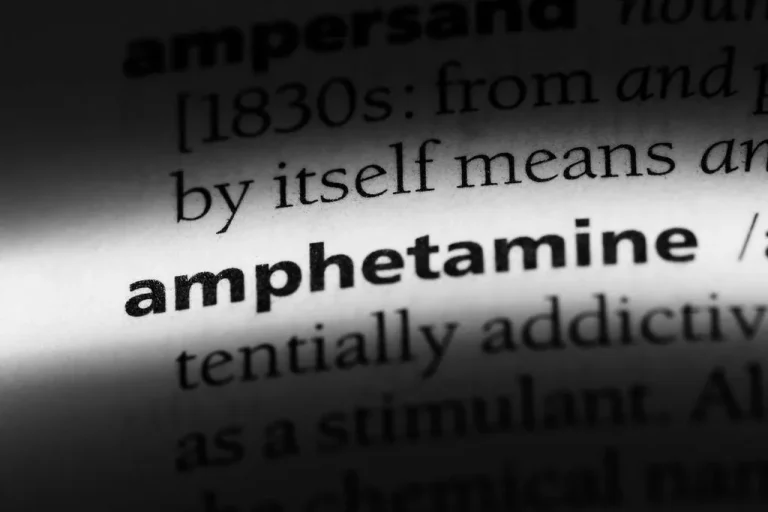
With time, this means they increase the overall amount they drink in each instance and over a period of time. A person with alcoholism may drink every day, multiple times a day, may start their day with alcohol, end it with alcohol, and may not be able to go a day without drinking. Alcoholism, medically known as alcohol use disorder (AUD), occurs when a person has formed a mental reliance on (addiction to) and/or a chemical dependency on alcohol.
- Other factors, like height and weight, can also have an impact on how alcohol affects you.
- No matter the frequency, if your drinking habits have negatively affected your life, it’s possible you have a problem with alcohol abuse.
- To that end, just communicating about your issue can help you identify what’s at the root of your decision-making process.
Early Symptoms

Ongoing research into the optimal matching of specific treatments to subpopulations of individuals with AUD is crucial for improving treatment outcomes and resource utilization. Physically, alcohol abuse can cause heart, liver, and pancreas problems, including inflammations like pancreatitis. The liver, responsible for metabolizing alcohol, can suffer from diseases such as cirrhosis, with nearly half of liver disease deaths involving alcohol. The pancreas may produce toxic substances under the influence of alcohol, impairing its function and leading to digestive issues. Understanding these distinctions is vital for identifying and addressing alcohol-related issues effectively. Whether an individual is struggling with alcoholism or alcohol abuse, it’s crucial to seek appropriate help and support to overcome these challenges and improve overall well-being.
Fast facts about binge drinking
Keep in mind, too, that AUD can have effects that extend beyond your physical health. Of course, these categories offer only guidelines, not hard-and-fast criteria. Other factors, like height and weight, can also have an impact on how alcohol affects you. The revision to alcohol use disorder added cravings to the new DSM-5 criterion and removed the presence what is the difference between alcohol abuse and alcoholism of legal problems in the DSM-4. Previously, substance-related disorders required only 1 symptom to be diagnosed, but since the revision, 2 to 3 symptoms need to be present from a list of 11. The most notable change for substance-related disorders was combining the DSM-4 categories of substance use and substance dependence into a single category.
What puts people at risk for developing AUD?
Alcoholism, or Alcohol use disorder (AUD), is a more severe form of alcohol abuse characterized by both a mental and physical dependence on alcohol. The National Institute on Alcohol Abuse and Alcoholism (NIAAA) provides further insight into AUD, noting that it often involves tolerance and withdrawal, as well as a pattern of excessive drinking despite negative consequences. Alcoholism, also known as Alcohol use disorder (AUD), is a chronic disease characterized by an inability to manage drinking habits. Recognizing the red flags of alcoholism is crucial for early intervention and effective treatment.
- If you or someone in your life is exhibiting any or all of these symptoms, it’s time to seek professional help.
- Individuals with alcoholism have many of the symptoms listed in the DSM-V criteria.
- Health care professionals use criteria from the Diagnostic and Statistical Manual of Mental Disorders, Fifth Edition (DSM-5), to assess whether a person has AUD and to determine the severity, if the disorder is present.
- When an individual’s alcohol abuse progresses into a severe issue, it is referred to as alcohol use disorder (AUD).
- Seeking professional help is crucial for diagnosis and treatment, allowing individuals to navigate the path to recovery and reclaim their health and wellbeing.
- Heavy drinking for women is eight or more drinks in a week, while for men it’s fifteen or more.
Alcohol Use Disorder (AUD) vs. Alcoholism
- This article introduces a number of AUD topics that link to other Core articles for more detail.
- Essentially any time drinking alcohol has a negative impact on your life, it’s become a problem that requires attention.
- IHD mortality, age at NHIS interview, and age at death were restricted-use variables and were accessed through the National Center for Health Statistics Research Data Center.
- Familiarizing yourself with the difference between alcohol abuse and alcoholism can help you understand your own relationship with alcohol—and begin to determine whether you need treatment to live a healthy sober lifestyle.
Effective Treatment Approaches for Alcoholism
















